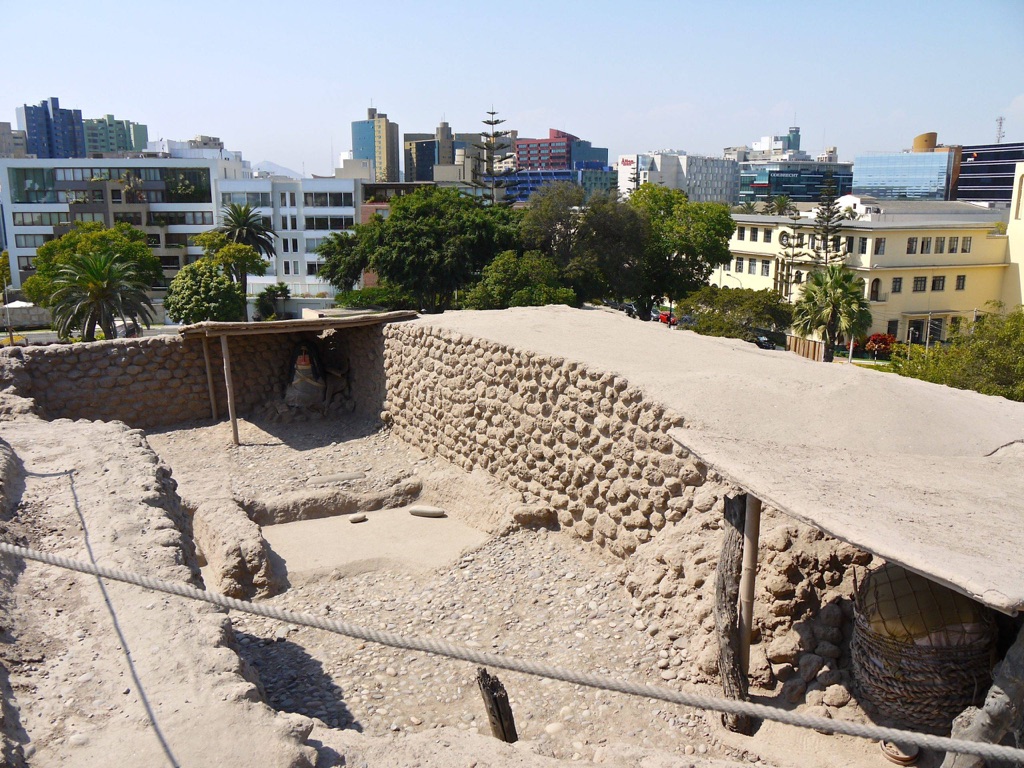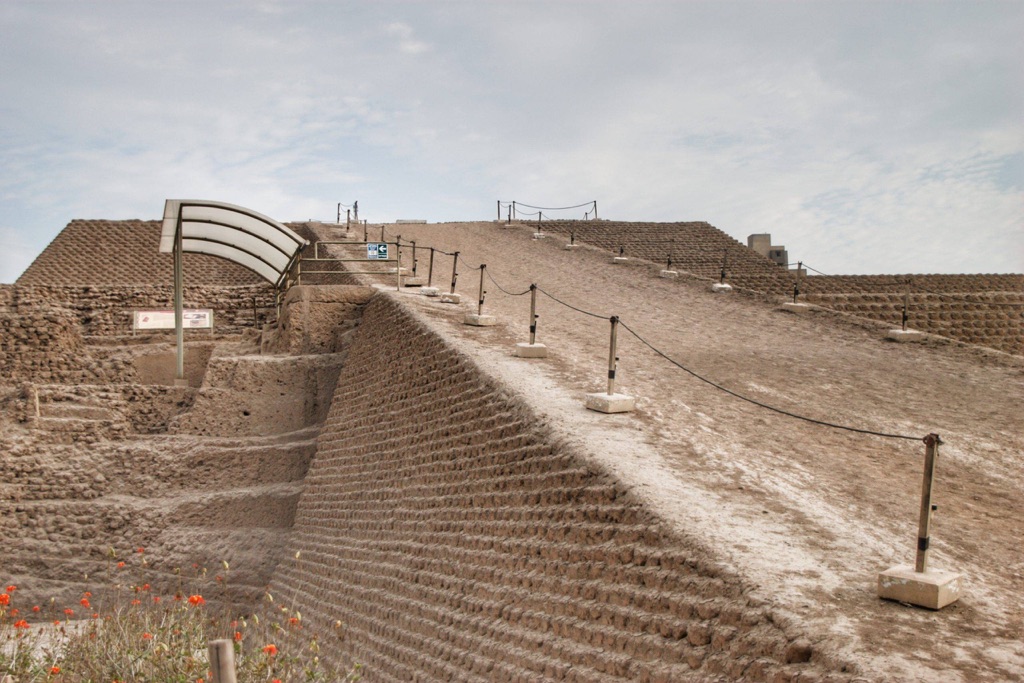Located in the bustling city of Lima, Peru, Huaca Huallamarca is a pre-Incan pyramid that stands as a testament to the rich history of the region. This archaeological site, also known as Pan de Azúcar (Sugar Loaf), is a fascinating blend of ancient history and modern urbanization, offering a unique glimpse into the past.
Get your dose of History via Email
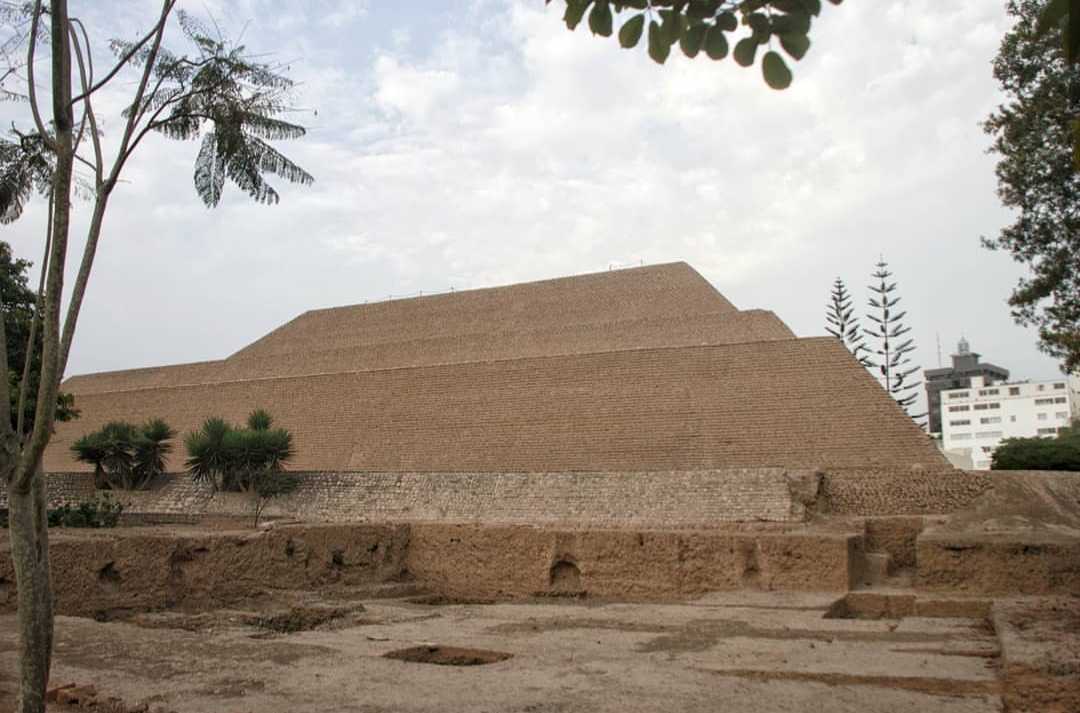
Historical Background
Huaca Huallamarca dates back to approximately 200 BC, during the Lima Culture period. This civilization was known for their architectural prowess and their ability to adapt to the coastal desert environment of Peru. The Lima Culture was one of the first societies to settle in the Rimac Valley, where Lima is now located. The pyramid was later used by the Wari and Ychsma cultures, before being abandoned around 1400 AD.
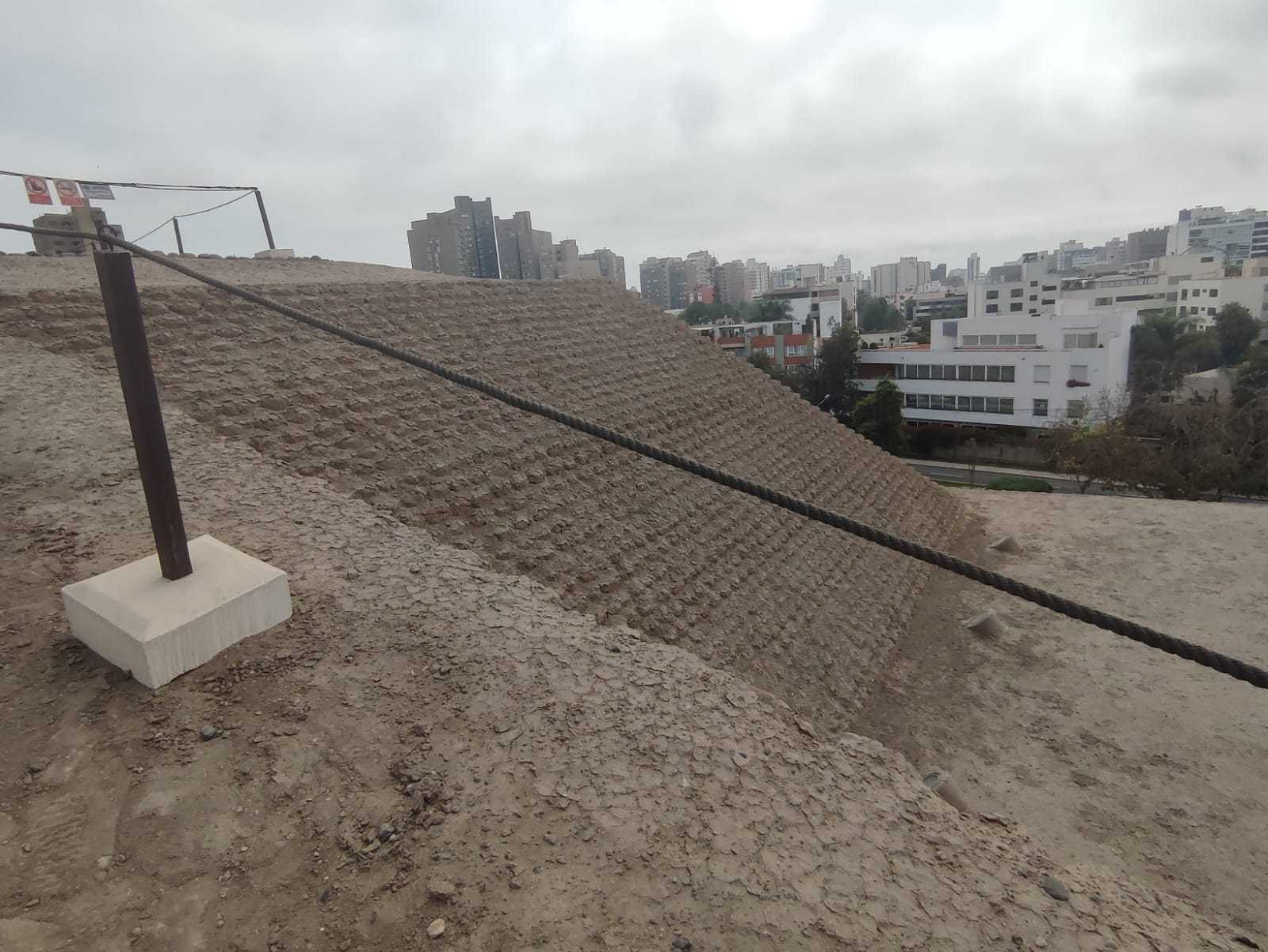
Architectural Highlights
The pyramid of Huaca Huallamarca is a truncated, stepped pyramid, typical of the architectural style of the Lima Culture. It was constructed using small, adobe bricks, a testament to the ingenuity of the ancient builders who had to adapt to the scarcity of stone in the desert environment. The pyramid measures approximately 22 meters in height, with a base of about 80 by 100 meters. The site also includes a museum that houses artifacts found during excavations, including pottery, textiles, and mummies.
The restoration process of Huaca Huallamarca, which took place in the mid-20th century, was a significant undertaking. The original adobe bricks had been severely eroded by the passage of time and the harsh weather conditions of the coastal desert. The restoration team, led by Arturo Jiménez Borja, used new adobe bricks to restore the pyramid to its former glory, while maintaining its original shape and structure.
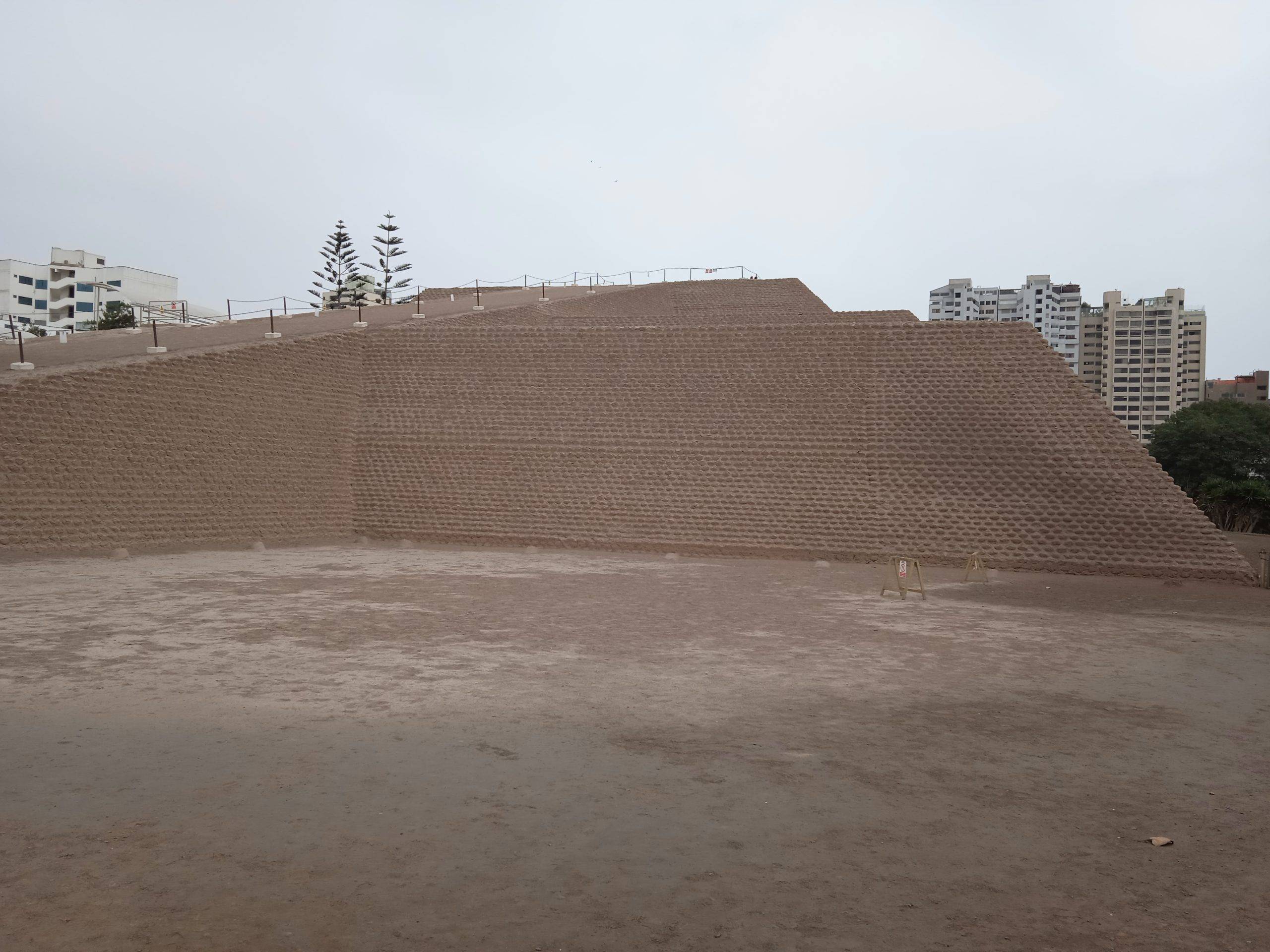
Theories and Interpretations
Like many pre-Columbian structures in Peru, Huaca Huallamarca served multiple purposes. It was a ceremonial center, a burial site, and possibly a hub for administrative activities. The pyramid’s strategic location in the Rimac Valley suggests that it may have been a key point in the network of trade routes that crisscrossed the region.
Excavations at the site have unearthed a wealth of artifacts, including pottery, textiles, and mummies. The mummies, in particular, provide valuable insights into the burial practices of the Lima Culture. They were found in a seated position, wrapped in layers of textiles, and surrounded by offerings of food and pottery. Radiocarbon dating of the mummies and other organic materials found at the site has helped to establish the timeline of Huaca Huallamarca’s use and occupation.
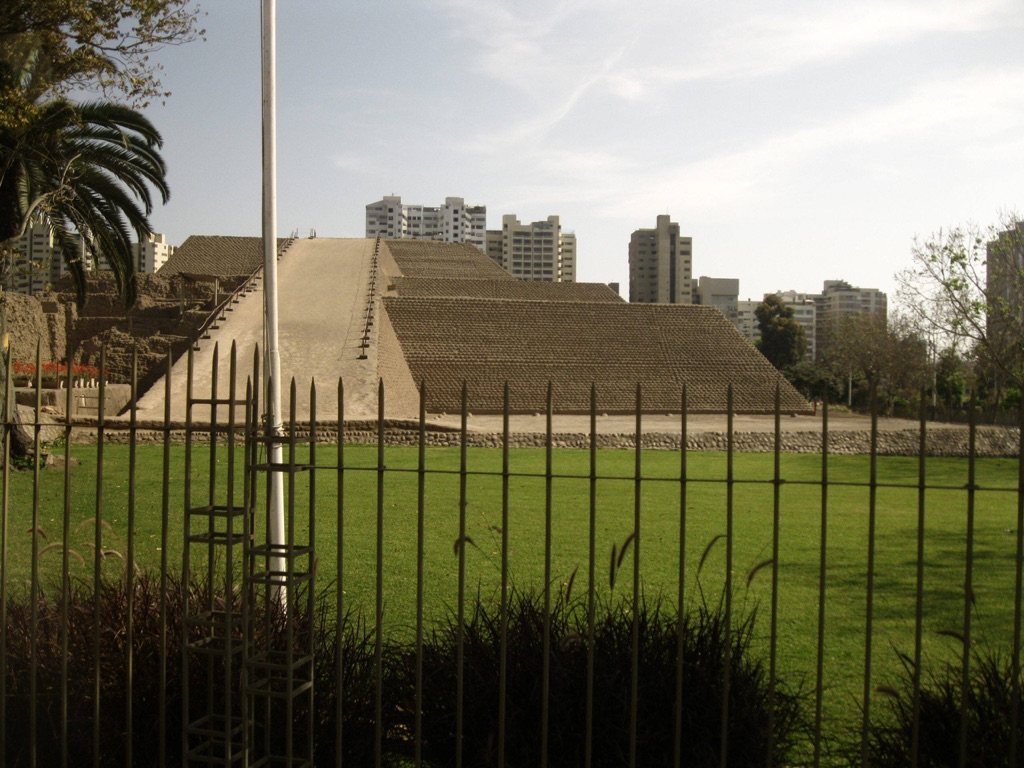
Good to Know/Additional Information
Today, Huaca Huallamarca is a popular tourist attraction in Lima. The site’s museum offers a fascinating look at the artifacts found during excavations, and the pyramid itself provides a stunning view of the surrounding cityscape. Despite its location in the heart of a bustling city, Huaca Huallamarca remains a serene and evocative reminder of Peru’s ancient past.
Visiting Huaca Huallamarca is a journey back in time, offering a unique opportunity to explore the history and culture of the Lima Culture and other pre-Columbian societies that inhabited the region. It’s a must-visit for any history enthusiast or anyone interested in the rich cultural heritage of Peru.
